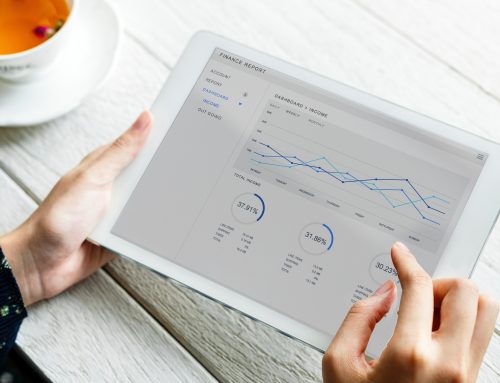The most critical time in any PR campaign lifecycle is the first 30, 60 and 90 days – the time in which you have to go from proposal to delivery mode, with the added impact of excellent and more importantly, sustainable customer service.
But what should those first three months look like and how does it set the tone for the rest of the client / agency partnership?
The first 30 days
This phase should be focused on setting up the structures, processes, roles and responsibilities between the client and the agency. Importantly it is also about expectation setting, which if done correctly, sets the pace and level of activity for the campaign moving forward. If done with the proposal and client’s service level agreements from the pitch process, in mind, it sets a strong foundation.
The first 30 days should also be about quick wins that demonstrate that you ‘get’ the client. That when you won the business, you understood their business and are able to showcase this. Low hanging fruit opportunities include quick turnaround thought leadership articles, participation in features, or securing a meet-and-greet with an influencer, analyst or journalist.
The 60 day crunch
By the end of the second month, a strategy and detailed PR plan for the retainer period should exist. It should be based on a strategy and messaging workshop that has been facilitated and afforded both client and agency to interrogate priorities, key messages and identify critical business goals, against which to map PR objectives.
A calendar of features, story pipeline, and where required, an editorial calendar of scheduled social media activity are key deliverables in the 60 day cycle. Quick wins should be replaced by sustainable and consistent delivery based on an increasing understanding of the client’s business and objectives.
90 days and going strong
90 days as an employee signals the end of a probation period – and it is or at least should be the same for client/ agency relationships. By the end of 90 days, the teething challenges of ramping up on a client’s business should be coming to an end.
This signals the start of greater and more consistent time efficiency, for the agency and the client. The time glut of endless emails and meetings, should be replaced by a greater understanding of the client, its business and communication goals, and even more critically, a level of comfort and trust between the client and the agency implementation team.
But why do all of this?
As a generalisation, PR agencies have a tendency to do one of two things in the ‘honeymoon’ or probation period with a new client.
The first is that agencies take a long time to start showing outputs and deliverables for a client – spending a significant amount of time trying to craft the most comprehensive and all encompassing strategy, but without key performance and delivery markers. This can lead to some disillusionment from the client around the role and impact of public relations.
The second is the agency that delivers high impact results in the first 90 days, spurred on by positive feedback from the client – there is a significant amount of over-service and scope creep (when agencies take on work that isn’t included in the SLA at the start of a contract) starts to become the norm, and expected by the client. And when the discussion about over-service and scope creep arises, and it always does, the client feels disillusioned about the value that the agency is delivering.
For PR agencies in particular, delivering solid, sustainable results, that address and meet the objectives of the client’s business, is more critical than a big bang campaign upfront. Using a 30, 60 and 90 day planning model, helps to keep everything on track in a dynamic and results-driven approach.
And when paired with a strong strategy and collaborative working partnership with the client, the results will speak for themselves.





